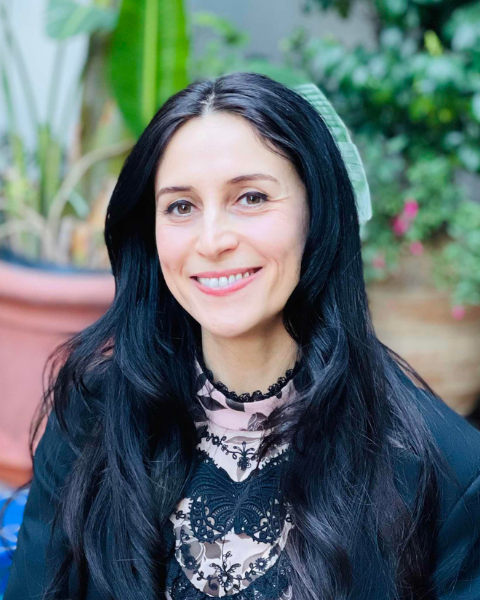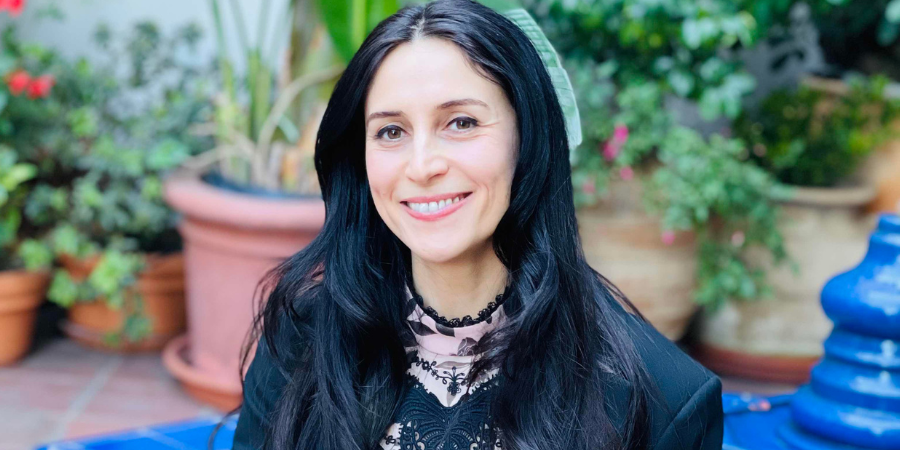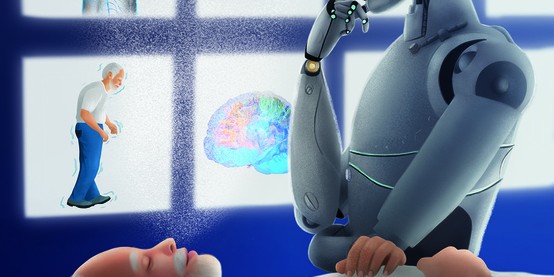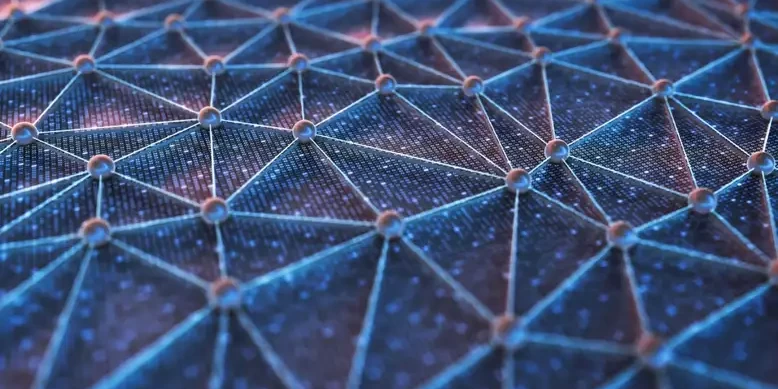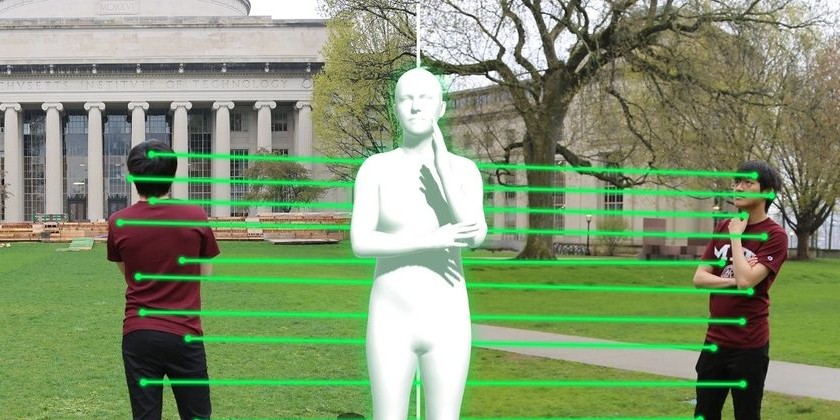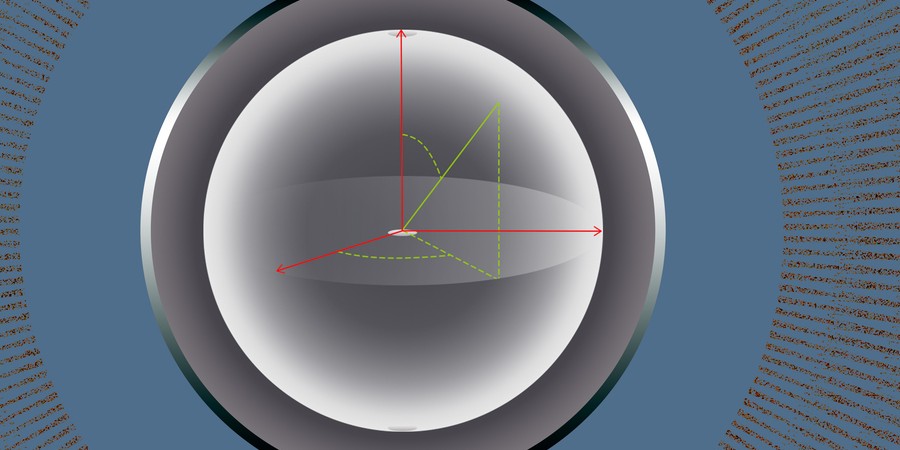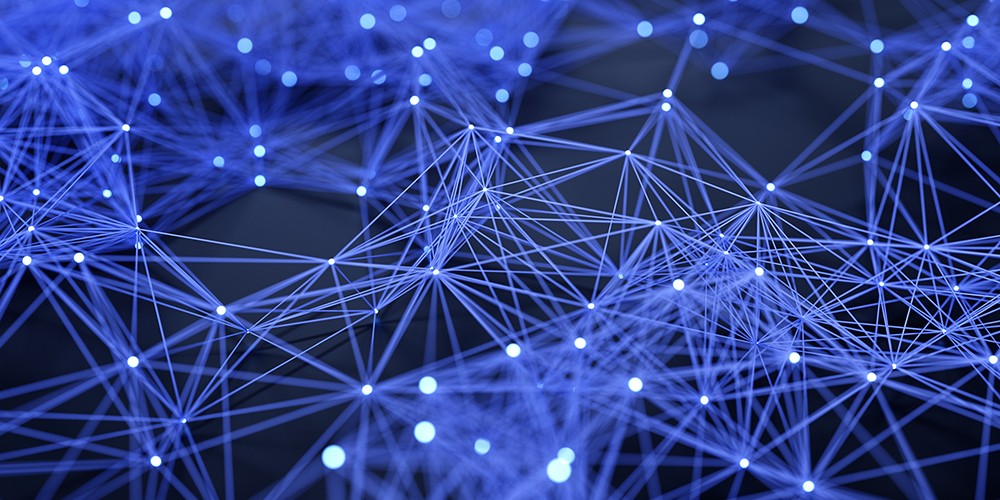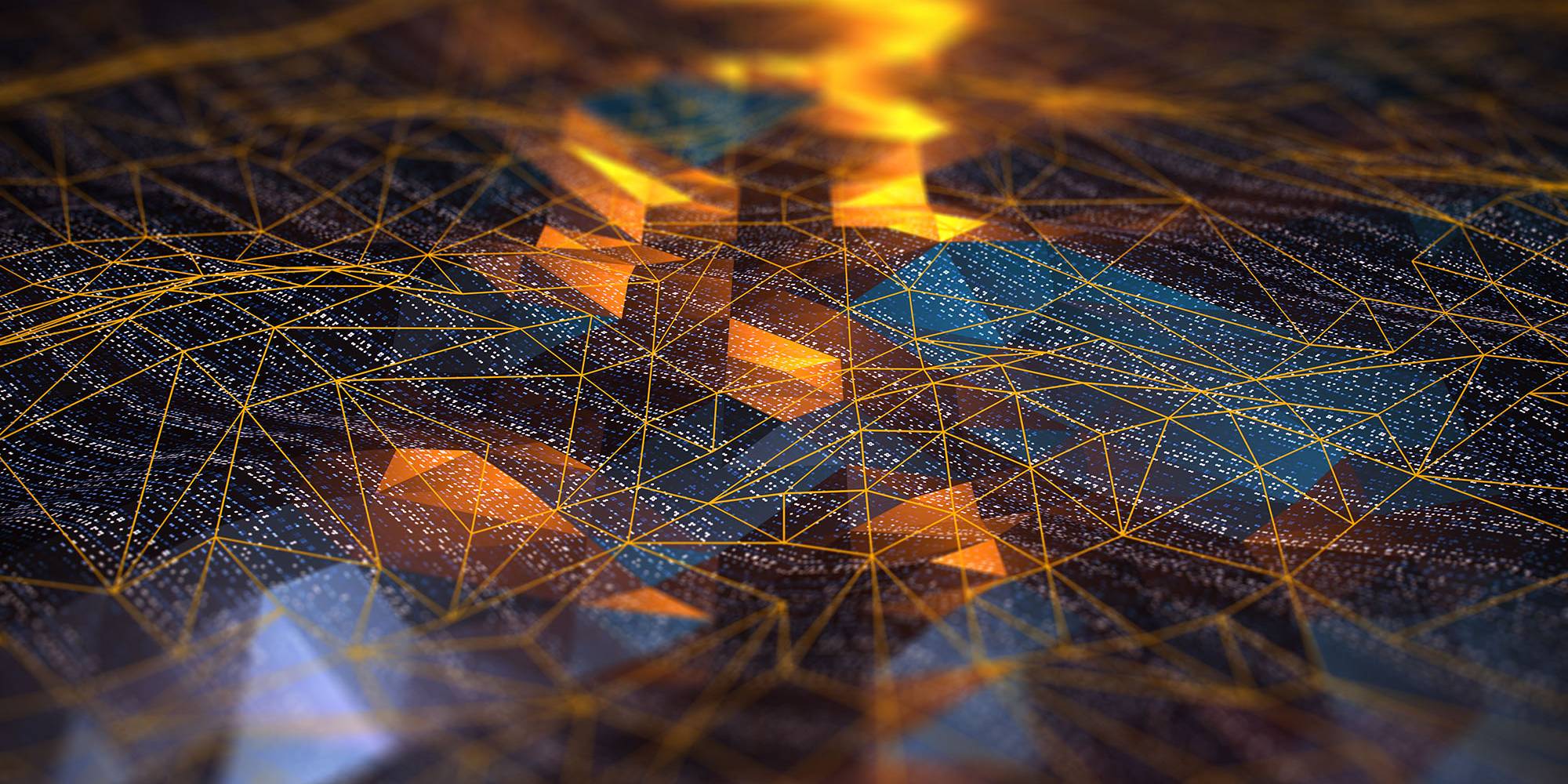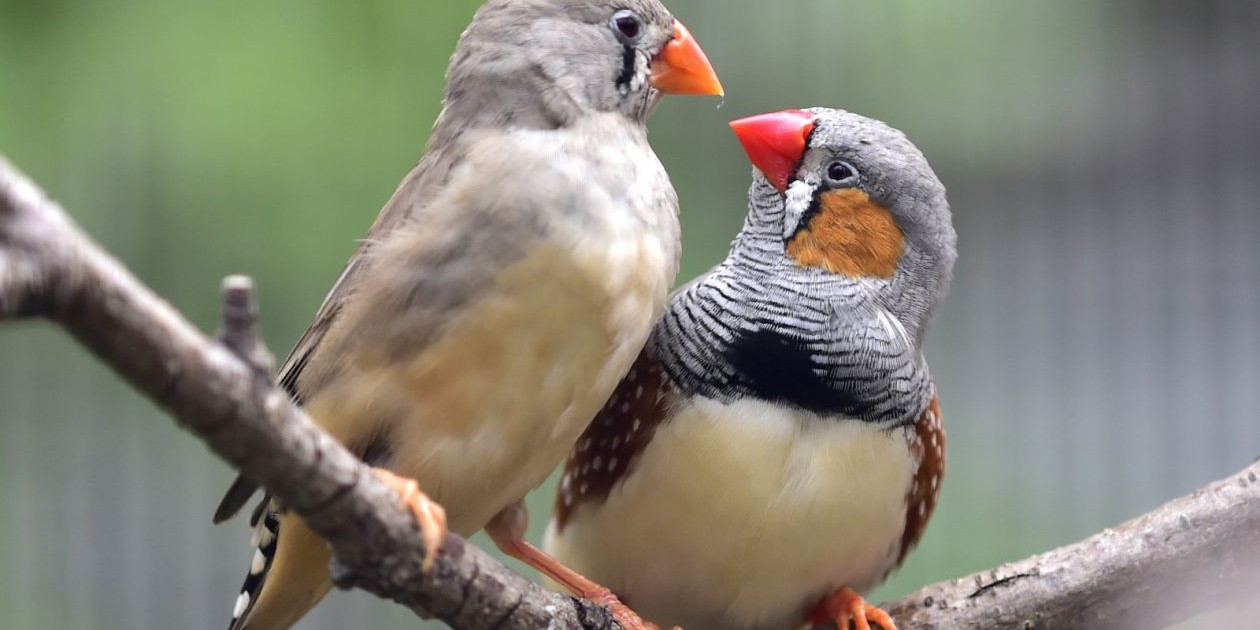Ghobadi Wins SIGCOMM Rising Star Award
Alex Shipps | MIT CSAIL News
Manya Ghobadi aims to make large-scale computer networks more efficient, ultimately developing adaptive smart networks.
Devices and Algorithms for Analog Deep Learning
Wednesday, September 14, 2022 | 12:00 - 1:00pm, Grier Room 34-401
Speaker: Murat Onen, MIT
Artificial Intelligence Model Can Detect Parkinson’s from Breathing Patterns
Alex Ouyang | Jameel Clinic
An MIT-developed device with the appearance of a Wi-Fi router uses a neural network to discern the presence and severity of one of the fastest-growing neurological diseases in the world.
‘Artificial Synapse’ Could Make Neural Networks Work More Like Brains
Alex Wilkins | New Scientist
Networks of nanoscale resistors that work in a similar way to nerve cells in the body could offer advantages over digital machine learning.
Seeing the Whole from Some of the Parts
Steve Nadis | MIT CSAIL
MIT researchers have developed a new technique in computer vision that may enhance our three-dimensional understanding of two-dimensional images.
Making Quantum Circuits More Robust
Adam Zewe | MIT News Office
Researchers have developed a technique for making quantum computing more resilient to noise, which boosts performance.
Thinking Outside the Die: Trillion Transistor Chips for the ML Accelerator of the Future
Wednesday, March 16, 2022 | 12:00pm ET
Speaker: Sean Lie, Cerebras Systems
A New Programming Language for High-performance Computers
Steve Nadis | MIT CSAIL
With a tensor language prototype, “speed and correctness do not have to compete ... they can go together, hand-in-hand.”
NAAS: Neural Accelerator Architecture Search
Thursday, December 9, 2021 | 1:30pm - 3:00pm PT
Speakers: Yujun Lin and Song Han, MIT
Bird Model Tapped for AI
Steve Nadis | MIT Spectrum
One month after being hatched, male zebra finches start learning to sing by imitating the songs of their fathers, practicing thousands of times a day, young finches master these songs in a few months.

